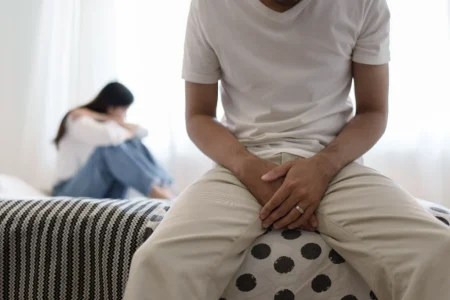
Erectile Dysfunction
Erectile dysfunction (ED) means a man has trouble getting or keeping an erection that's firm enough for sex. It’s a common condition, especially in older men. ED can be caused by health problems like diabetes, high blood pressure, or stress. Treatment options are available and can help improve both physical and emotional well-being.

